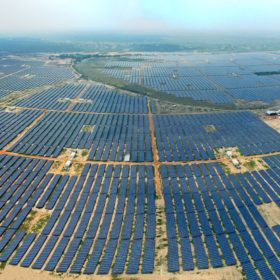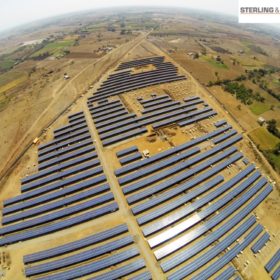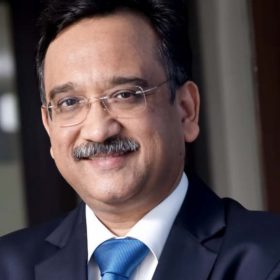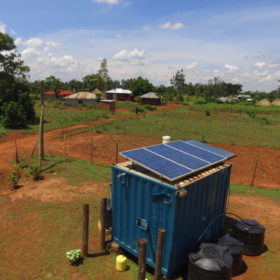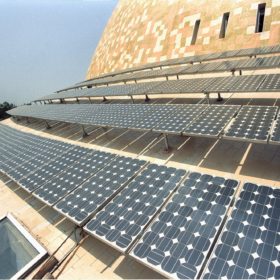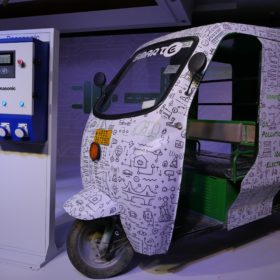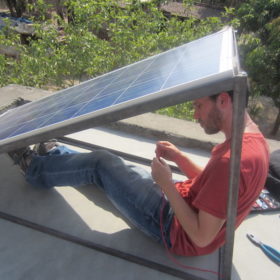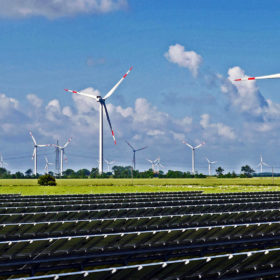Adani rolls out roadmap to become largest renewable power player by 2030
India’s largest private-sector thermal power producer—which ranked as the sixth largest solar player globally in 2019—will invest over 70% of its budgeted Capex for the energy vertical into clean energy and energy-efficient systems to fuel its transformation.
India will need 125,000 km2 land to achieve its renewable targets, says TNC research
The land required to meet India’s 2022 renewable energy target ranges from approximately 55,000 to 125,000 km2, or areas roughly the size of Himachal Pradesh or Chhattisgarh, respectively. This much land is likely to impact 6700–11,900 km2 of forest land and 24,100–55,700 km2 of agricultural land. The good news is that India’s already degraded lands have the potential of 1789 GW, which is more than ten times the 175 GW target.
PM’s office reportedly considering waiving carbon tax on coal
As Germany shuttered another of its nuclear power plants on New Year’s Day, Narendra Modi’s office was said to be considering a proposal which would make coal more competitive with renewables in India.
Emissions, EVs and renewable energy: Reflections and outlook for India
India, one of the most diversified energy markets in the world, has recently become the lowest-cost producer of solar power. This reflects a steady and encouraging shift toward renewable power—a shift that’s in line with the targets set by the government. At the Climate Action Summit that was held earlier this year, Prime Minister Narendra […]
COP25: India calls for speedier expansion of International Solar Alliance
Launched in November 2015, the alliance aims to collectively address key challenges to the scaling up of solar energy in member countries that fall between Tropic of Cancer and Tropic of Capricorn. Out of 121 prospective member countries, over 83 have already joined it in a period of just four years.
India and German development lender to launch rooftop solar scheme
Program aims to drive down the cost of solar electricity to a maximum of Rs2.50/kWh in a nation where tariffs vary wildly from state to state.
Urban Mobility: Focus on last-mile solutions
There will be plenty of opportunity for electric three-wheeler penetration in the Indian market through the model of battery swapping as well as local charging points available at delivery hubs.
Making Delhi A Solar City
The Indian capital has so far installed only 146 MW of rooftop solar capacity, against year 2019 target of 606 MW set under the Delhi Solar Policy. The slow growth is primarily due to certain myths among consumers which need to be debunked with better installer-consumer connect—says Delhi Solar Campaigner Sandeep Dahiya who currently leads the 100% UP, SeeNow, Energy & Power Sector reform work in India as a Campaigner at Purpose Climate Lab.
ADB extends $250 million loan to EESL for energy efficiency initiatives
The investment—part of a $592 million assistance package—will be used to promote adoption of smart meters, distributed solar photovoltaic systems and e-vehicles in India.
Clean energy investment in developing nations slumps as financing in China slows: BNEF
Clean energy investment across 104 emerging markets fell sharply by $36 billion in year 2018 from the previous year, even as their coal burn surged approximately 500 terawatt hours to a record high of 6.9 thousand terawatt-hours. Though the decline in clean energy investments was driven largely by China, inflows to India and Brazil also slipped by $2.4 billion and $2.7 billion, respectively. India, however, emerged as the market with greatest renewables potential.
